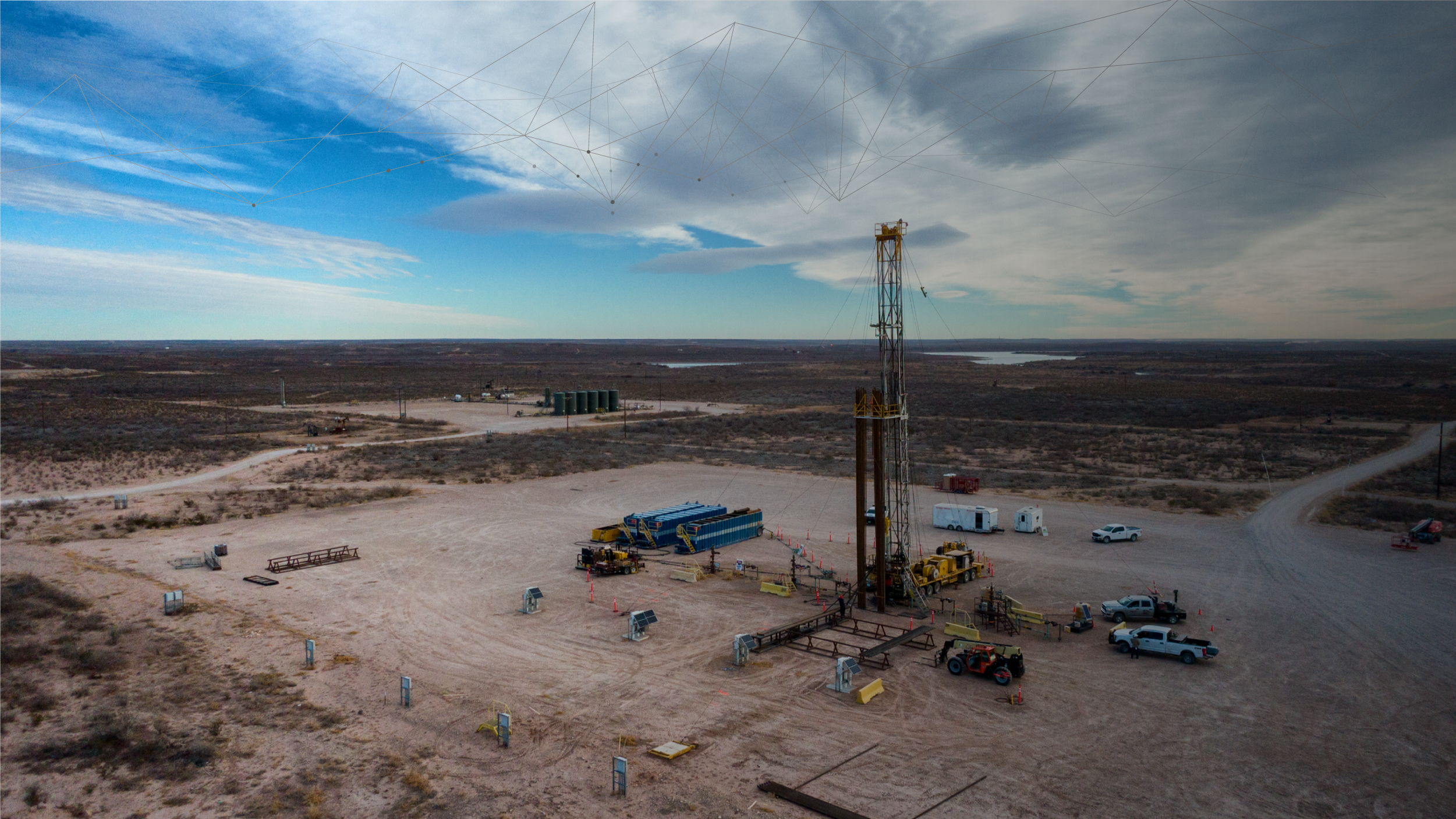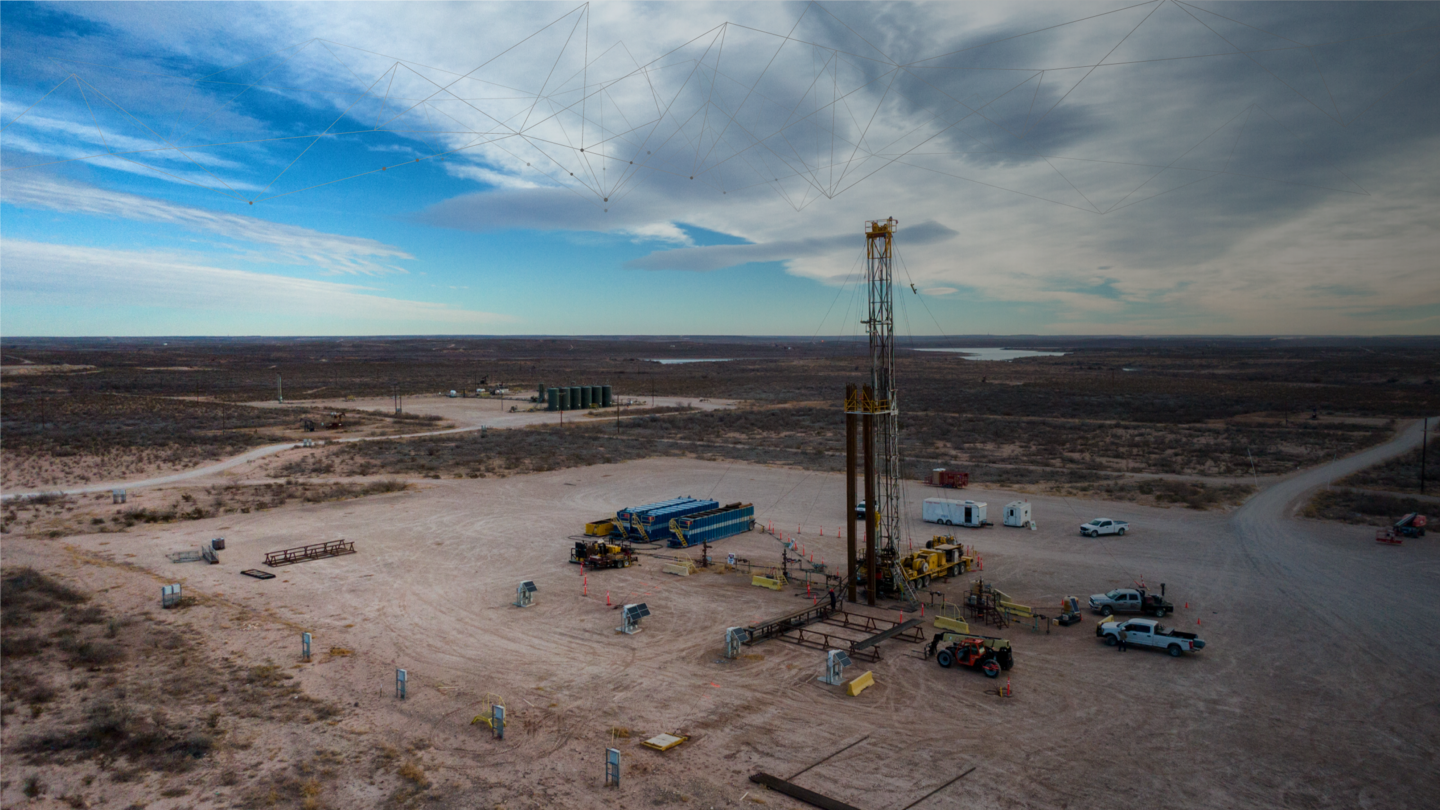 Search
Search
 Search
Search

May 19, 2022
Defining the position of a well in an oilfield is a crucial task for oil and gas (O&G) companies. In general, the main strategy aims to maximize the recovery rates and optimize the well construction phase, thus reducing risks and extending the well production lifetime. A new well project can take a long time to be delivered since it involves the alignment of diverse domains and multiple data sources during reservoir characterization, geological and geophysical attribute analysis, drilling and completion engineering, and production estimation.
The digital ecosystem for the O&G industry enables complete integration of data across domain areas and interaction with users who can select customized visualization with layers of information, generate technical reports, calculate parameters on the fly, and process unstructured data with the support of artificial intelligence engines. This spotlight introduces an analytics-based approach to the well positioning challenge. This approach uses natural language processing (NLP) and text mining techniques for creating an integrated space for data-driven decision making.
A digital ecosystem is focused on bringing extra value to customers by optimizing data and workflows from different internal departments, tools, systems, as well as customers, suppliers, and external partners. It should remove obstacles from the user’s journey and enable every participant in the ecosystem to use state-of-the-art technologies and systems to fulfill their individual needs.
The proposed environment has been developed using big data concepts, where it becomes possible to synchronize structured databases, digital documents, real-time services, technical engines, and machine learning processing services.
Performing retrograde analysis on historical data from offset wells is recommendable for all drilling projects, in order to identify and manage potential risks during well construction. This type of analysis requires significant time of drilling SME due to the large amount of information that needs to be manually verified. The use of Natural Language Processing techniques enables machines to autonomously identify and structure relevant textual information from daily drilling reports and helps generate project insights in just a few minutes.
Several text mining models are deployed on the data science server to enable the investigation of geomechanical anomalies and extracting operational parameters from unstructured data stored in well construction databases. This information is crucial in building a retrograde vision of the oilfield and the offset wells. This analytical solution is based on a machine learning technique capable of recognizing the textual patterns of relevant events and scenarios to generate insights for future well construction projects. Additionally, this tool can be customized to include other important information like well schematics, lithology, fluid changes, BHA movement, etc.
